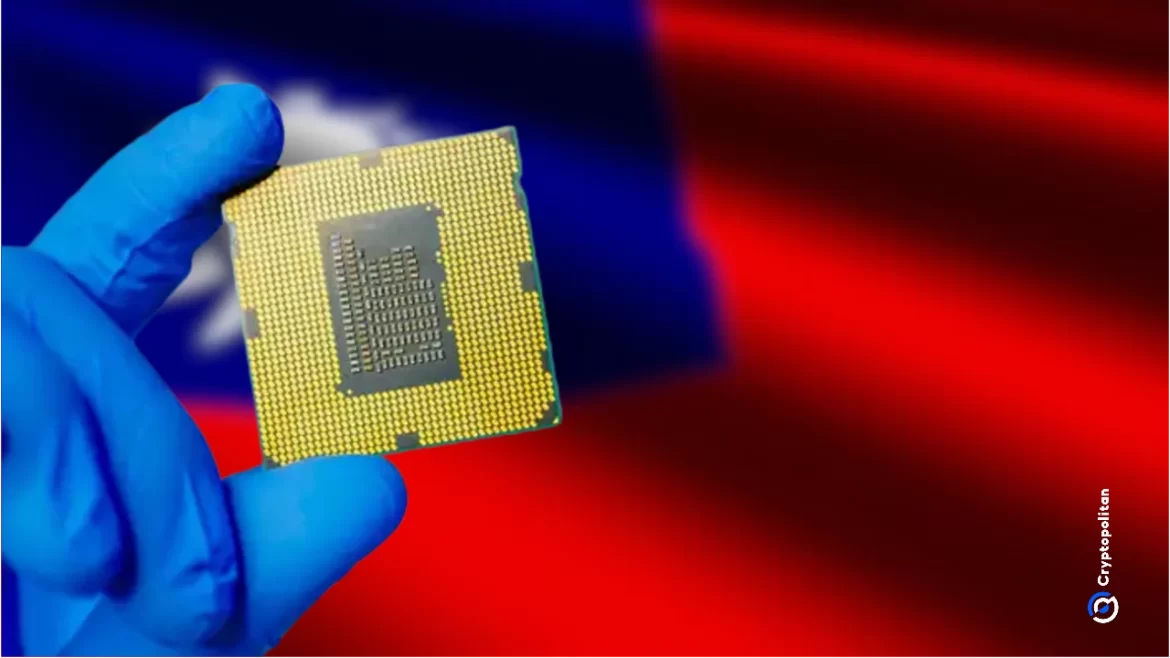Taiwan’s government, alongside major semiconductor players such as TSMC, emphasized that its The global spotlight is once again on semiconductors as Taiwan rejects the US request to move half of its chip production across the Pacific. This decision highlights not only the critical role Taiwan plays in the global supply chain but also the strategic sensitivities that surround the semiconductor industry. By refusing Washington’s push, Taipei is sending a strong signal about sovereignty, economic stability, and the dangers of overconcentration in foreign markets.
Why the US Made the Request
The United States has been vocal about its concerns over dependence on Taiwan for advanced chip manufacturing. Semiconductors power everything from smartphones to fighter jets, and disruptions in the supply line can shake the global economy. US officials argued that relocating a significant portion of Taiwan’s chip output to American soil would reduce risks in the event of geopolitical tensions in East Asia.
However, this proposal raised immediate concerns in Taiwan. Moving nearly half of its chip capacity abroad would not only weaken its economic backbone but also diminish the country’s leverage in international affairs.
Taiwan’s Strategic Calculations
Taiwan’s government, alongside major semiconductor players such as TSMC, emphasized that its technological ecosystem is built on decades of investment, innovation, and local talent. Replicating that scale overseas is neither cost-effective nor realistic in the short term.
Officials stressed that while Taiwan is open to building limited overseas plants, transferring half of its production would be detrimental. It would threaten jobs, disrupt supply chain networks, and undermine the “silicon shield” — a term often used to describe how Taiwan’s chip dominance acts as a geopolitical deterrent.
Global Supply Chain Implications
If Taiwan were to give in to such a request, the ripple effects would be enormous. Local suppliers, research institutions, and small manufacturers that orbit around TSMC and other semiconductor giants would suffer losses. The global market could face higher costs as production shifts to countries with less efficient infrastructure.
Moreover, other major players like South Korea, Japan, and the European Union are watching closely. A precedent set by Taiwan could pressure them into making similar moves, reshaping the global semiconductor map in unpredictable ways.
Balancing Security and Economy
Both Taipei and Washington acknowledge the need to diversify chip supply, but Taiwan’s outright refusal shows that national interests come first. For Taiwan, its chip industry is not just an economic powerhouse; it is a survival tool. By holding onto its production base, Taiwan maintains bargaining power in international relations and deters potential threats.
For the US, this rejection means doubling down on domestic initiatives like the CHIPS and Science Act, which provides incentives to build semiconductor facilities on American soil. However, without Taiwan’s full cooperation, Washington may face delays in meeting its ambitious self-sufficiency goals.
The Bigger Picture
This episode underscores the fragile balance between cooperation and competition in technology. The semiconductor industry is global, interdependent, and highly sensitive to political maneuvering. While countries seek greater control over chip supply, the reality is that no single nation can dominate the field without significant costs.
Taiwan’s stand demonstrates that technology is as much about power and diplomacy as it is about science and innovation. The refusal also reinforces Taiwan’s determination to remain central in the semiconductor ecosystem rather than becoming a mere subcontractor for foreign agendas.
Conclusion
The decision by Taiwan to reject the US request to move half of its chip production is a defining moment in global tech politics. It reveals the tension between national security concerns and economic pragmatism, while reminding the world of Taiwan’s indispensable role in the digital age.
As competition intensifies, Taiwan’s silicon shield remains not only a technological advantage but also a crucial geopolitical safeguard. The world will continue to rely on its chips — and on its ability to balance pressure from global powers with its own long-term survival.



